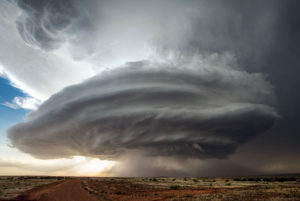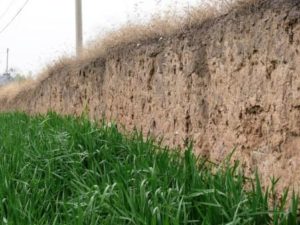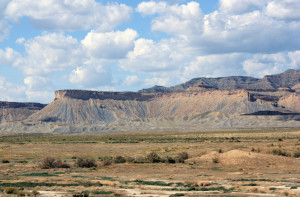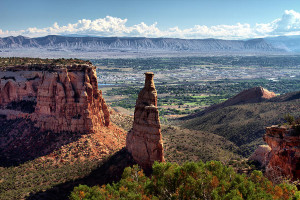Dirty Denver
The wind blows here in Denver, and it is not all air. Those mountains just west of us are wearing down. Most of the sand and dirt ends up in the rivers, put the wind blows some of the mountains away. If you park your car outside, you already know this. The dust covers everything on the car, and you have to wash the damn thing. Mostly the dust is that tan/brown dirt color, but sometimes it is red when parts of Utah decide to take a visit.
The constant deposition of wind-blown dirt is why ancient cities get buried. The process is slow, but relentless. Denver is being buried, but we haul a lot of it away. Our older house has what seems to be sunken sidewalks. It is the wind- blown dust combined with organic matter (grass clippings) to form topsoil.
Carol likes to say that a lot of the stuff that accumulates is spider legs. True, along with the exoskeletons of millions of insects. In geologic terms the rate of deposition of all that stuff is fairly rapid.
Here on Colorado’s Front Range we get wind, but nothing like the mountain winds, unless you live in Boulder or other places at the foot of the mountains. The mountains are high enough to get some of the higher altitude winds that the flatlands don’t get much of. Also, when a weather system blows in, the mountains act as a barrier, forcing all that moving air up. As it rises, it cools, gets more dense, and descends on the lee side of the mountains. As it falls, it gains velocity and tends to warm up, creating our famous chinook winds.
As the wind moves on the plains, it’s velocity decreases and some of the dirt it carries falls out. Close to the mountains, a lot of it is sand. That explains the sand hills we have close to the mountains. You can identify the sand because it does not support plant growth as well as soil. Sandy areas are cow country, no farming. A little farther east, the dirt falls down. A lot of dirt falls down, forming loess, a German term for wind-blown dirt deposits. Eastern Colorado has thousands of square miles of loess. Without irrigation, it is usually planted in wheat.
Of course, all the water or wind-borne sediment is headed for Mississippi, Lousiana, or the gulf. Most of that Mississippi mud will end up as shale. At some point plate tectonics will shove it up as dry land and the cycle starts over. Most of the sand will eventually end up in the streams, get buried, and form sandstone like the Dakota sandstone dinosaur fossils are found in. In other places, tremendous deposits of wind blown sand accumulate, eventually forming the sandstone that blankets the Colorado Plateau.
That dirt accumulating in your lawn and garden is part of a recycling process going on all over our planet for millions of years. The process will continue long after we are all gone, as long as there is air and water on the planet. To me, the whole thing is a miracle, all these geologic processes creating conditions existing long enough for the evolutionary mistake known as humanity to develop.



